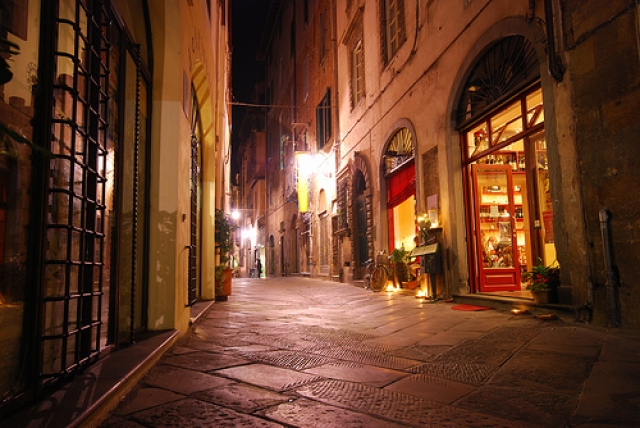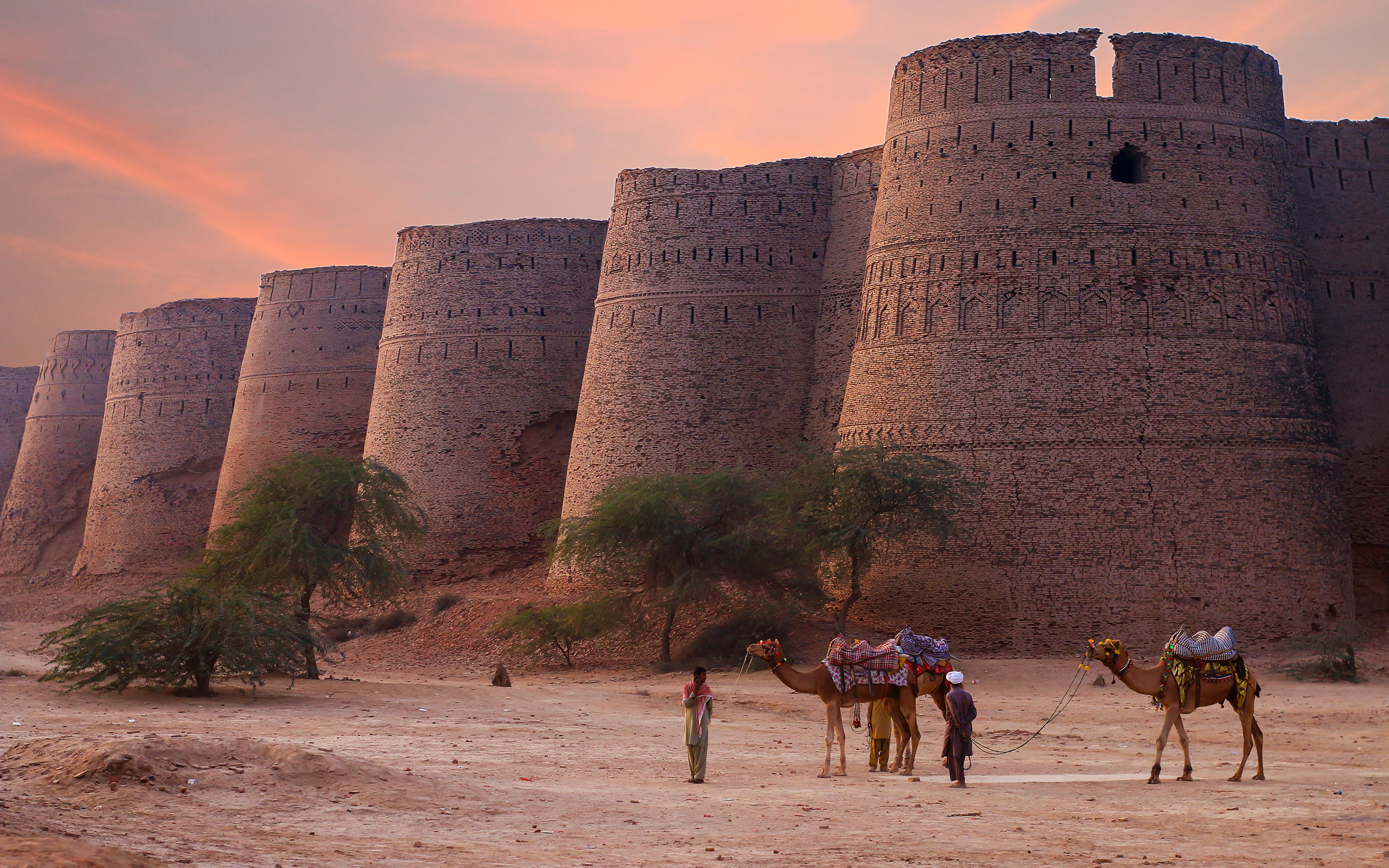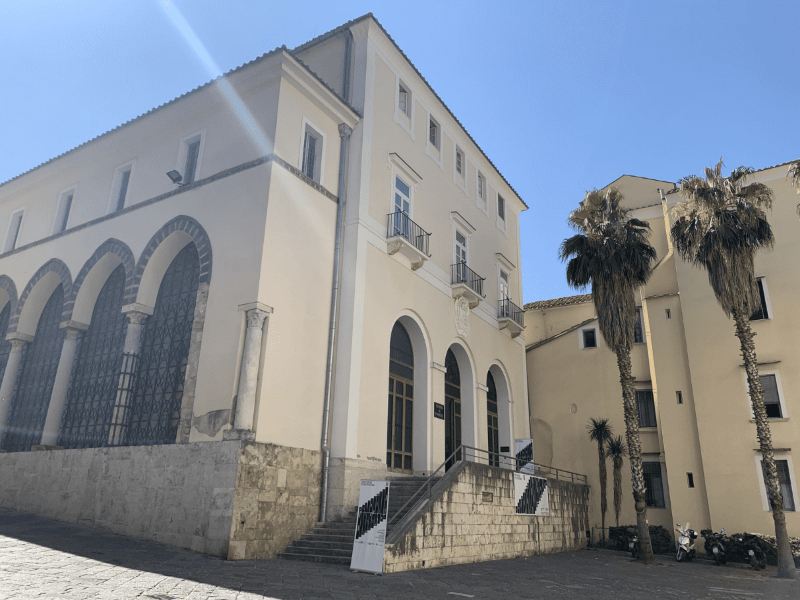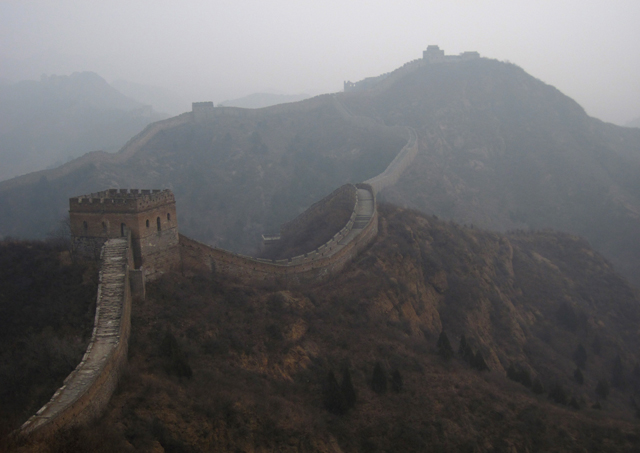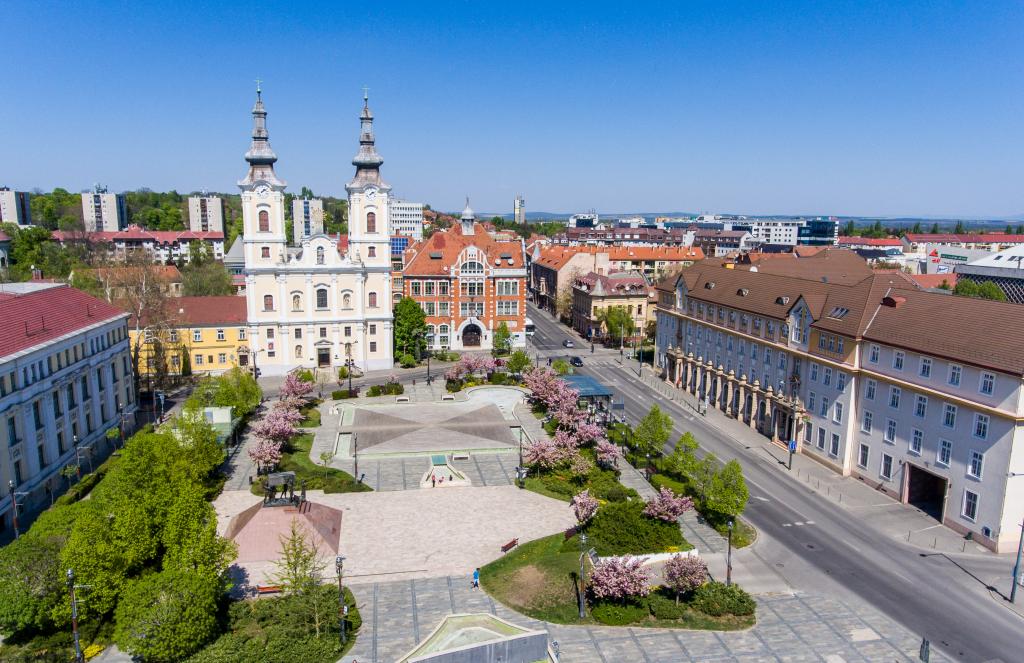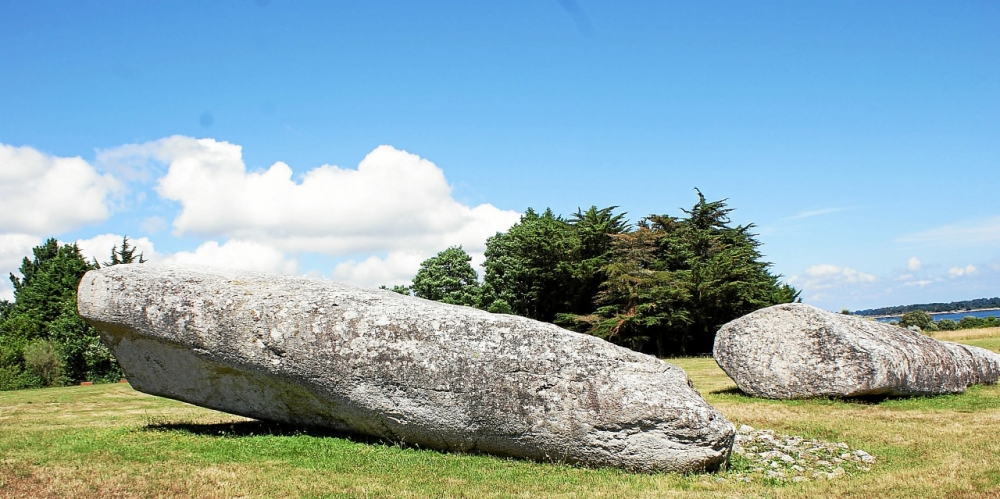The city of Lucca is traditionally nicknamed the city of a hundred churches because of the large number of houses of worship from various different eras within the Walls. This name is no accident when one considers that, in addition to the large number of official churches, every stately palace has its own private chapel. Currently, many churches have been deconsecrated, but a few religious buildings of great interest still stand out. The Cathedral of Lucca, the Cathedral of St. Martin, founded by St. Frediano in the 11th century and later remodeled, in addition to its medieval and Renaissance architectural beauty, contains masterpieces by Nicola Pisano, Jacopo della Quercia and Tintoretto. Also preserved inside are the ancient crucifix of the Holy Face and the tomb monument of Ilaria del Carretto. Famous for its central location is the church of San Michele in Foro, a marble structure built from 1070 representing an example of Pisan-Lucca architecture, it overlooks the square of the same name in the area of the ancient Roman forum and is still seen today as a meeting point of city life. From the church of San Michele, walking along the city’s main street, Via Fillungo, one can comfortably reach the Basilica of San Frediano, one of the oldest religious buildings and the fulcrum of the still active procession of Santa Croce on September 13.
Continuing the tour of the City of Lucca, a walk along Via Fillungo, the main street that cuts through the historic center and on which medieval buildings frame the city, is recommended. The heart of Lucca’s commercial and artisan activity, Via Fillungo skillfully combines ancient and modern, giving visitors an interesting look at ancient trades, given the preservation of goldsmiths and leatherworkers of yesteryear, and for simple shopping. A stop not to be forgotten is the outlet the Amphitheater Square , now called Market Square, where the ancient Roman forum once stood. Access to the square is provided by the four gates located at the ancient entrances. The Piazza dell’Anfiteatro is a jewel for the city of Lucca with its cozy little restaurants and workshops of painters and artists. The April 27 festival to pay homage to the patron saint, Santa Zita, tinges the Amphitheater Square with color with the traditional flower market.
In visiting Lucca one easily falls back on Piazza Napoleone, called Piazza Grande by the citizens of Lucca, it has always been a space created to be the center of political power with the Ducal Palace placed at its side and today the seat of the Province. The arrangement of the square is very different from the original one. Work promoted in the nineteenth century by Elisa Bonaparte Baciocchi to pay tribute to her brother Napoleon Bonaparte led to the current layout of the square, which in fact is reminiscent of the great expanses of Paris for some stretches. Today, Piazza Napoleone is mostly seen as one of the focal points of the city of Lucca because of its spacious and elegant setting.
Seeking to make the most of its historic buildings, the city of Lucca has transformed various stately palaces into important museums and prominent public facilities. These include a visit to Palazzo Mansi, a 17th-century building that houses the National Picture Gallery collection consisting of fine Italian and foreign works created between the Renaissance and the 18th century.
The visit logicamnete cannot but end with a walk on the Walls of Lucca, built in the sixteenth century and used as an urban park in the nineteenth century, they enclose the historic center and are the true symbol of the city recognized for its uniqueness worldwide. Preserved intact to this day, the Walls of Lucca are considered an active resource for citizens who, along the 4 km, enjoy their leisure time in the shade of the centuries-old trees.
Visible from the Walls, the Guinigi Tower, a famous tree-lined tower built around 1390 by Lucca’s powerful Guinigi family, and the Tower of the Hours dating from the medieval period and wanted by the city’s city council, then stand out above the city’s rooftops.
